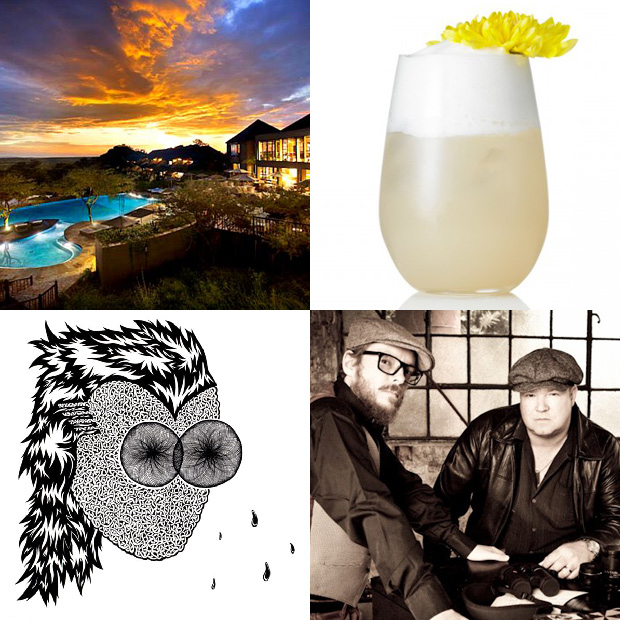Perrier-Jouët Bicentennial
A 200-year-old champagne house celebrates their birthday with a gift that keeps on giving
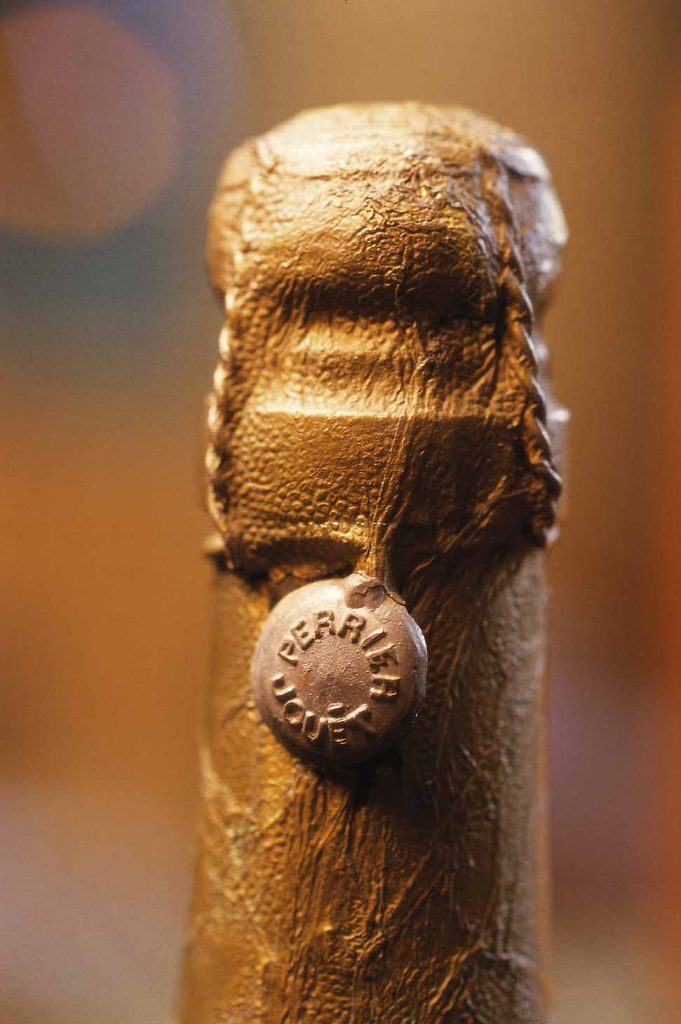
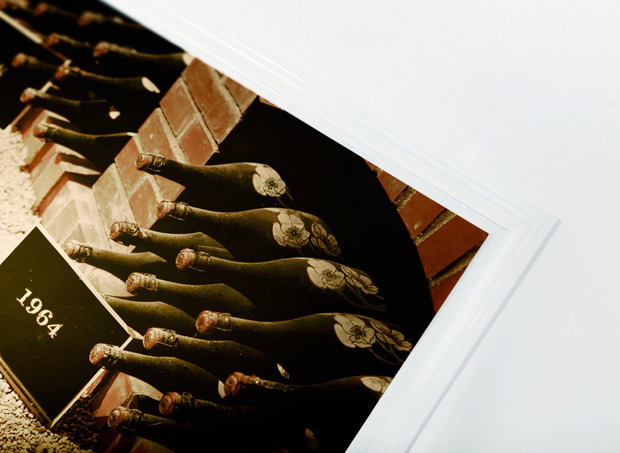
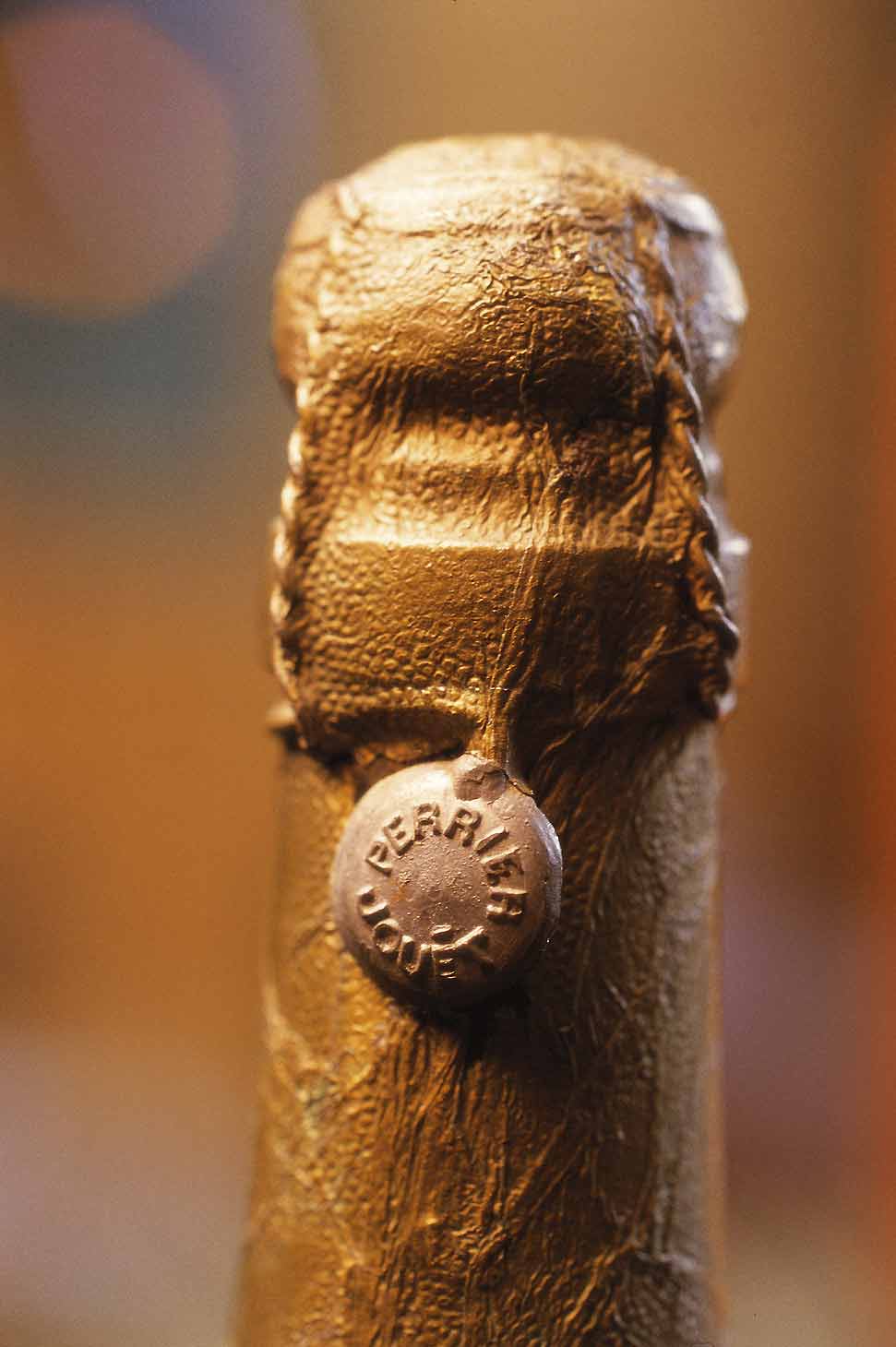
Perrier-Jouët invited us to celebrate their 200th birthday with a gala in Paris and a visit to their vineyards and caves in Épernay. To commemorate their anniversary, they explored the concept of legacy, commissioning American artist and architect Daniel Arsham to bring the concept to life, complimenting a history of design collaborations in the process.
In 1902, Perrier-Jouët hired Art Nouveau glass artist Émile Gallé to create a design for its prestige magnum bottles. The swirling anemone flowers, honoring the Belle Epoque, have since become a signature motif for the house. Perrier-Jouët’s motto, “Beauty is a form of genius,” has led them to work with the likes of Van Cleef & Arpels, David La Chapelle, Japanese photographer Makiko Takehara and artist and illustrator Kareem Iliya. Perrier, impressed by the simplicity and originality of Arsham’s work, chose him to continue the collaborative tradition.
The result of their teamwork is a unique opportunity for 200 very lucky people. The first 100 can acquire one half of a set of two magnums encased in a sculpture designed by Arsham. A special room has been built in Perrier-Jouët’s caves where the other companion 100 magnums and sculptures (meant to be gifted to a loved one) lie behind a temperature- and humidity-controlled glass door.
The room also contains a restored and painted vintage safe rescued from elsewhere on the property, which houses a journal, pen, and copies of the certificates. Perrier-Jouët has committed to keeping this cave operational for the next 100 years, ensuring plenty of time for the recipient to visit and collect their gift.
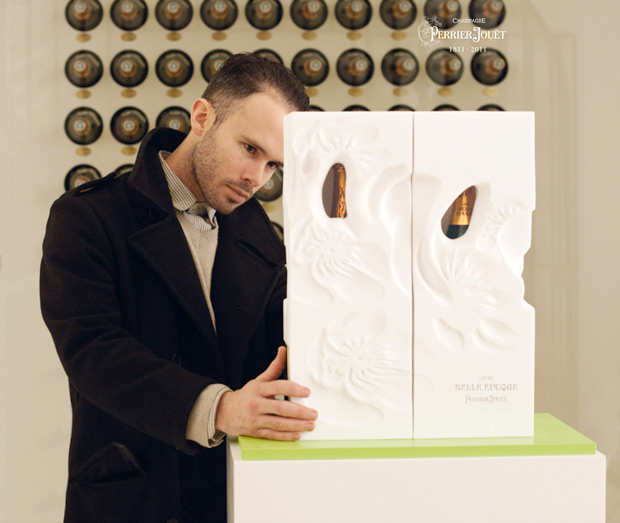

Made of twin blocks sculpted out of resin and marble dust, the pair fit snugly together to house the precious bottles, revealing glimpses of them through peepholes in the design. The anemone motif shows through the negative space of the blocks, a subtle nod to Perrier-Jouët ‘s history. The diptych that Arsham created was inspired by Perrier-Jouët itself: “The vines, the cellars, the detail ot Émile Gallé’s flower, the Art Nouveau references—all these things are about length of time, about making something and handing it down. I interpreted the idea of a chalk cellar to depict the passage of time through erosion. The diptych separates into its two parts to reveal the motif that links the two together. An invitation to hand one part down to future generations who will join the two together again one day, when time has completed its work of creation and inheritance.”
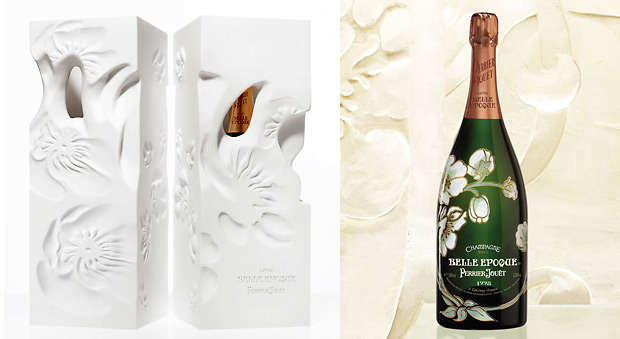
The champagne chosen for the program is a 1998 Belle Époque, a very special cuvée selected for its strong character and ageability. Crafted by current cellar master Hervé Deschamps (pictured above sampling the champagne), the pale wine has green highlights and possesses a complex bouquet that bears floral and fruity (both sunny and dry) notes. Of the wine Deschamps says, “The Belle Epoque 1998 stands out as Perrier-Jouët’s ideal for this cuvée. Beauty is a hard thing to define: It occurs when elegance, charm and balance come together in a particular way. The ideal will change over time, but just like a sculpture, the finish will only serve to enhance its remarkable design.”
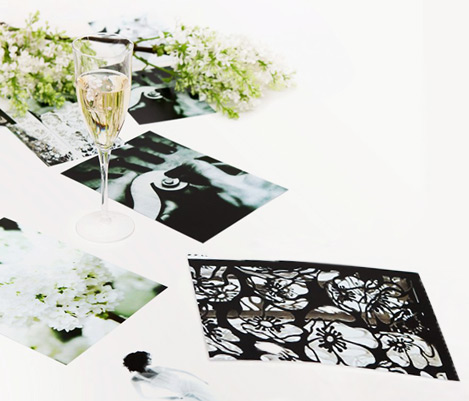
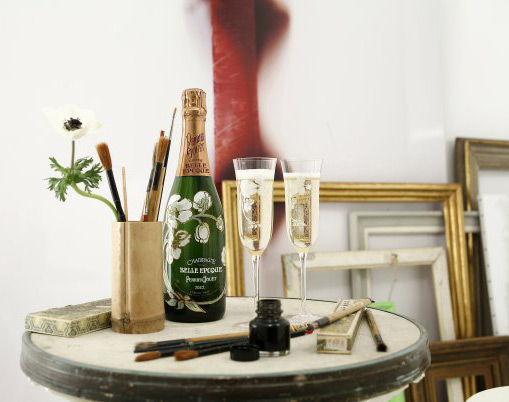
Creating the first champagne designed to be passed on to future generations, the edition celebrates the idea of leaving a heritage behind, much like how the tradition of fine wine-making has been preserved and shared for several generations in Épernay. This unique method of distributing the champagne initiates a conversation with time and invites participants to thoughtfully consider their legacies and what they choose to leave behind.
The 100 Bi-Centenaire sets sell for €10,000. For more information, visit Perrier-Jouët.


